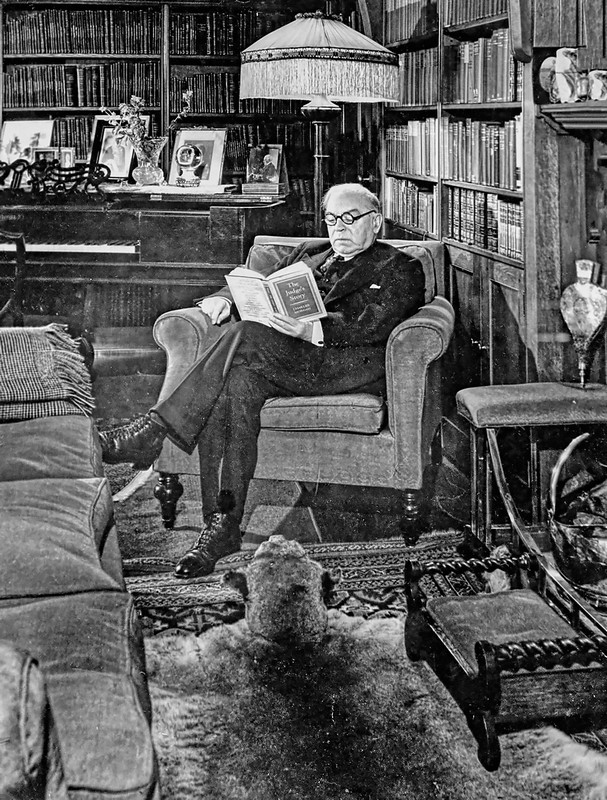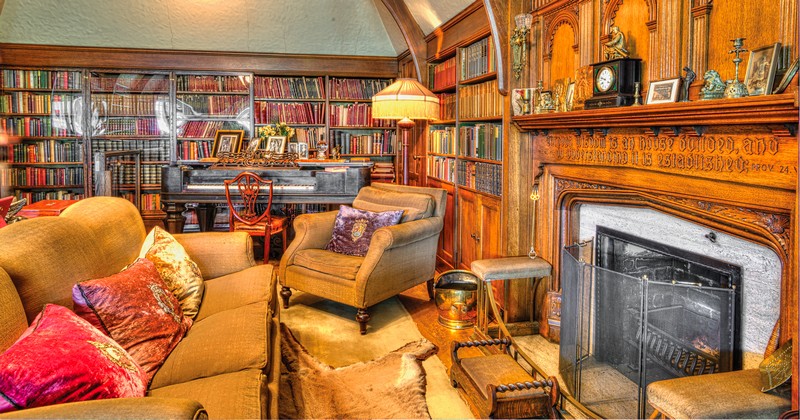Laurier House: A glimpse into Canada’s political history, 1897-1950
John McQuarrie
Stepping into the former residence of two of Canada’s most significant prime ministers feels like entering the heart of our nation’s political narrative. For over fifty years, this Victorian mansion in downtown Ottawa was central to Canadian political life, serving as the home of both Sir Wilfrid Laurier and William Lyon Mackenzie King. Here, they hosted dignitaries and politicians while often engaging in the business of state.
Laurier House is located in Sandy Hill, a fashionable residential area within easy commuting distance of Ottawa’s commercial and political centre. In addition to Sir Wilfrid Laurier and Mackenzie King, a number of prominent political figures found Sandy Hill a desirable place to live. Canada’s first prime minister, Sir John A. Macdonald and his wife, Agnes, lived in three different houses in Sandy Hill, the only one of which survives being the impressive stone house known as Stadacona Hall (395 Laurier Avenue) near Laurier House. Sir Charles Tupper, who became prime minister in 1896, lived a few streets away from Laurier House in the early 1870s. Sir Robert Borden, the man who defeated Sir Wilfrid Laurier in 1911 and led Canada during the Great War, lived in Sandy Hill as did Lester B. Pearson who owned a quaint Gothic cottage just around the corner from Laurier House. Pearson served as prime minister from 1963 to 1968, winning the Nobel Peace Prize in 1957 for his crucial contribution to the deployment of a United Nations Emergency Force in the wake of the Suez Canal crisis.
Sir Wilfrid and Lady Laurier moved into their new home in the fall of 1897. As the house belonged to them personally, the Lauriers had the freedom to make any desired modifications. One of their most notable renovations, the charming verandah that wraps around the front and side of the house, still stands today.
They resided there throughout Laurier’s tenure as prime minister and later, when the Liberal Party lost power, during his time as leader of the Opposition (1911Ð1919). The couple spent their final years in the house, with Laurier passing away in 1919 and Lady Zoé Laurier in 1921. She bequeathed the house to William Lyon Mackenzie King who as a longtime friend and staunch supporter had succeeded Laurier as head of the Liberal Party and Leader of the Opposition in 1919. Two years later, he led the Liberals to victory in the general election, becoming prime minister. King likely received the house as a gesture of gratitude from his predecessor’s widow.
Delays in renovations postponed King’s move to his new home. Finally, in his diary entry for January 12, 1923, he recorded, “I am writing for the first time in my new library at Laurier House and spending the first night beneath my own roof.” He lived there for the rest of his life.
For King, life in Laurier House revolved around his third-floor study (see then and now photos). During parliamentary sessions, his daily routine involved working in this study in the mornings before heading to his parliamentary office after lunch. As a result, part of the third floor was designated for his clerical staff and the storage of government papers. The study, more than any other room in the house, reflects King’s interests and personality, with walls lined with books on poetry, biographies, history, and philosophy. A cherished piano, once belonging to his mother, occupied a prominent spot in the room.
King became Canada’s longest serving prime minister, holding the office for over twenty-one years. Poor health forced him to retire three years after his last general election win in 1945. He died in 1950.
By the terms of King’s will, Laurier House and most of its contents were bequeathed to the people of Canada. Since 1951, it has been open to the public.
Today, Laurier House is a national historic site administered by Parks Canada, the agency responsible for protecting and presenting significant examples of Canada’s natural and cultural heritage. Parks Canada’s goal at Laurier House is to ensure the preservation of the building and its collection of Laurier and King artefacts and to provide Canadians the opportunity to understand and appreciate the contribution of these two prime ministers to Canada’s history.
‑ With files from Parks Canada

Photo: John McQuarrie


